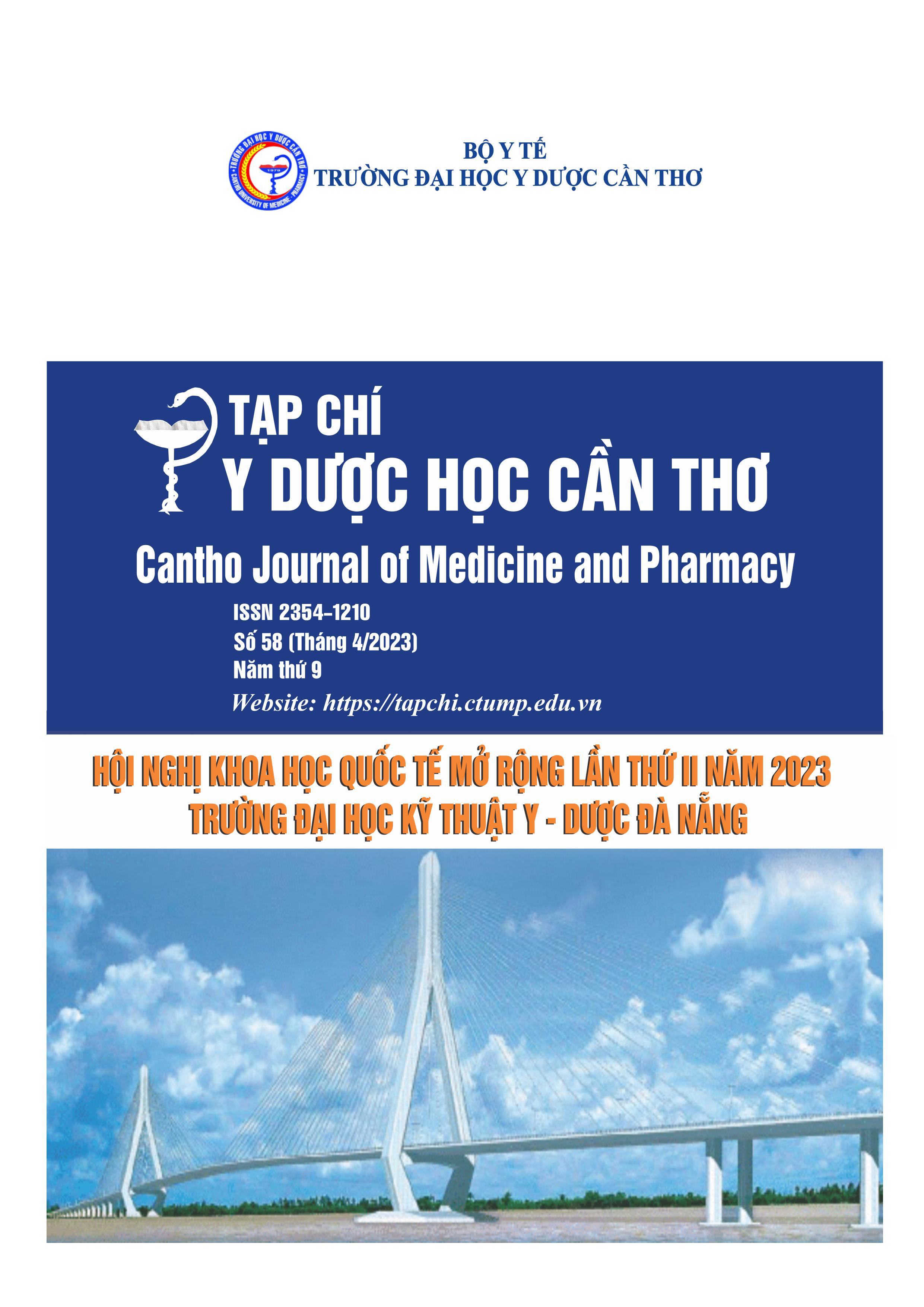INVESTIGATION OF HUMORAL IMMUNE DISORDERS IN CHILDREN WITH SEPSIS IN PEDIATRIC INTENSIVE CARE UNITAT DA NANG HOSPITAL FOR WOMEN AND CHILDREN
Main Article Content
Abstract
Background: Sepsis has a complex pathophysiology with several diverse and nonspecific mechanisms. Objectives: To investigate humoral immune disorders and the correlation between immunoglobulin levels and some clinical, subclinical characteristics and 28-day mortality in children with sepsis. Materials and method: A descriptive cross - sectional study of 91 children with sepsis treated in Pediatric Intensive Care Unit in Da Nang Hospital for Women and Children from January 2020 to January 2022. Collecting blood samples to evaluate IgG, IgM, IgA, IgE levels at the time when children were just diagnosed with sepsis. Assessing some clinical symptoms and subclinical characteristics and following up children up to 28 days to record the treatment results (survival or death). Results: The number of children with low levels of IgG, IgM, IgA accounted for 25.3%, 14.3% and 15.4%, respectively. The percentage of pediatric patients with high levels of IgG, IgM, IgA, IgE was 38.4%; 26.4%; 20.9% and 11.0%, respectively. There was a statistically significant difference between septic shock, multiorgan dysfunction syndrome with IgG and IgM levels, p < 0.05. There was no difference in 28-day mortality between two groups of low and high IgG levels (p > 0.05). Conclusion: There were humoral immune disorders in children with sepsis, but the levels of immunoglobulins had no predictive values for 28-day mortality.
Article Details
Keywords
Immunoglobulins, mortality, sepsis
References
2. Bộ Y tế (2015), Hướng dẫn chẩn đoán và điều trị một số bệnh thường gặp ở trẻ em, tr. 524-533.
3. Bermejo-Martin J.F., Rodriguez-Fernandez A. (2014), Immunoglobulins IgG1, IgM and IgA: a synergistic team influencing survival in sepsis, Journal of Internal Medicine, 276, pp. 404-412.
4. Dietz S., Lautenschläger C. (2017), Serum IgG levels and mortality in patients with severe sepsis and septic shock - The SBITS data, Med Klin Intensivmed Notfmed, 112(5), pp. 462-470.
5. Laura A., Jennifer M. T. (2021), Higher levels of IgA and IgG at sepsis onset are associated with higher mortality: results from the Albumin Italian Outcome Sepsis (ALBIOS) trial, Alagna et al. Annals of Intensive Care, 11(1), pp. 1-9.
6. Mathias B., Mira J. (2016), Pediatric Sepsis, Curr Opin Pediatr, 28(3), pp. 380-387.
7. Ono S., Tsujimoto H. (2018), Mechanisms of sepsis‐induced immunosuppression and immunological modification therapies for sepsis, Ann Gastroenterol Surg, 2, pp. 351-358.
8. Prucha M., Zazula R. (2013), Presence of Hypogammaglobulinemia – A Risk Factor of Mortality in Patients with Severe Sepsis, Septic Shock, and SIRS, Prague Medical Report, 114(4), pp. 246-257.
9. Taccone F. S., Stordeur P. (2009), γ- Globulin levels in patients with comunity-acquired septic shock, Shock, 32(4), pp. 379-385.
10. Venet F., Gebeile R. (2011), Assessment of plasmatic immunoglobulin G, A and M levels in septic shock patients, International Immunopharmacology. 11, pp. 2086-2090.


